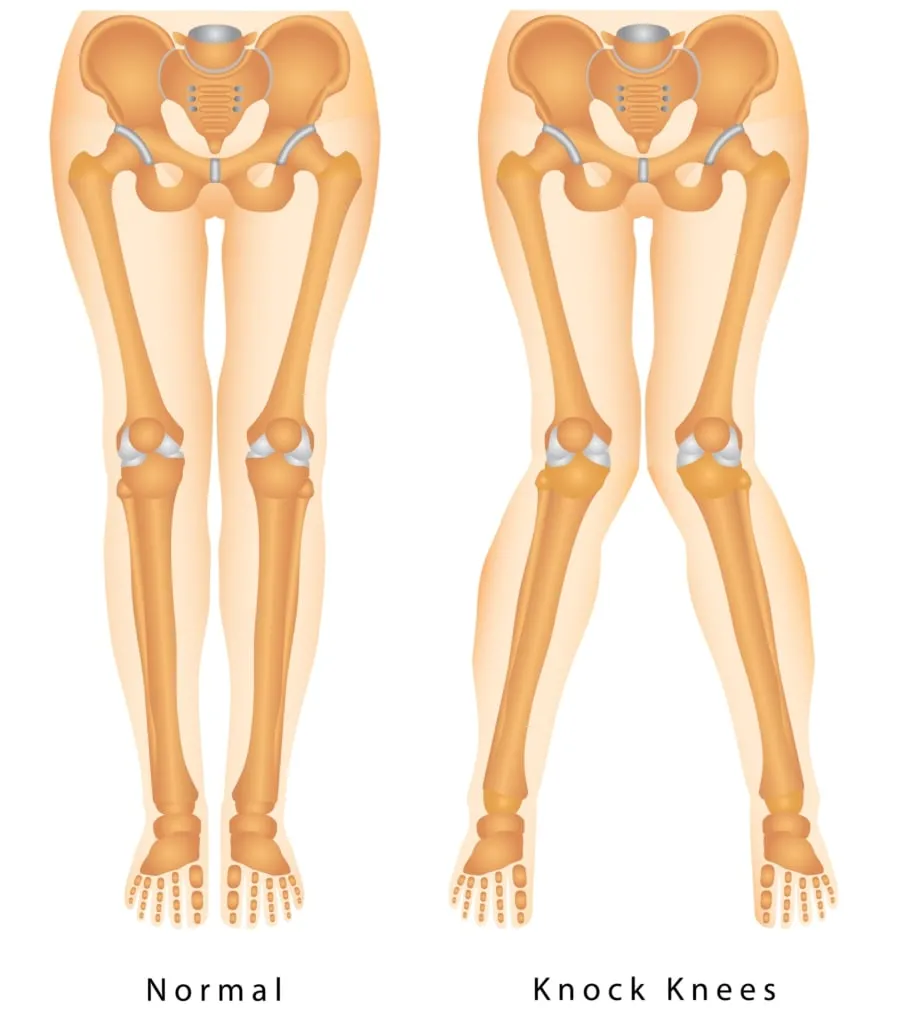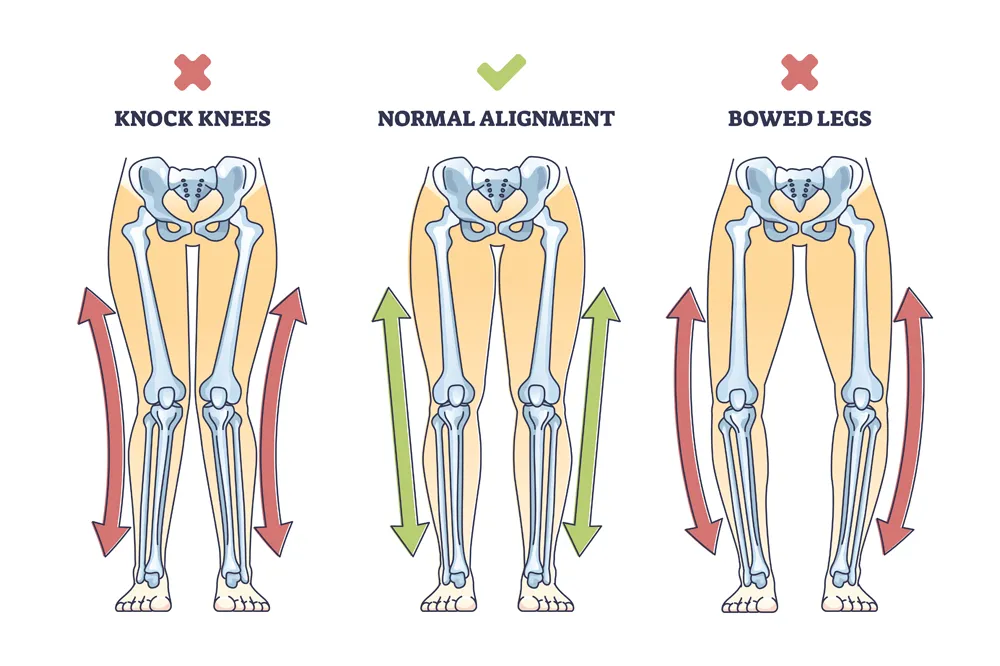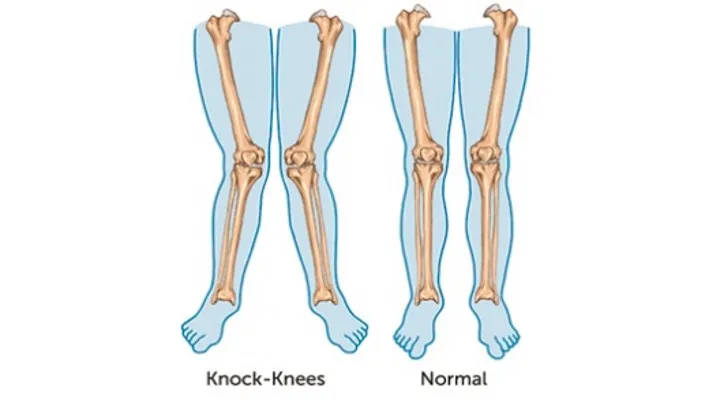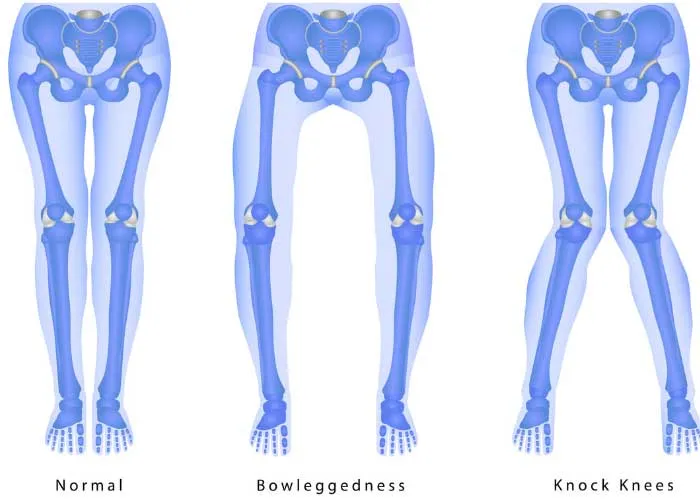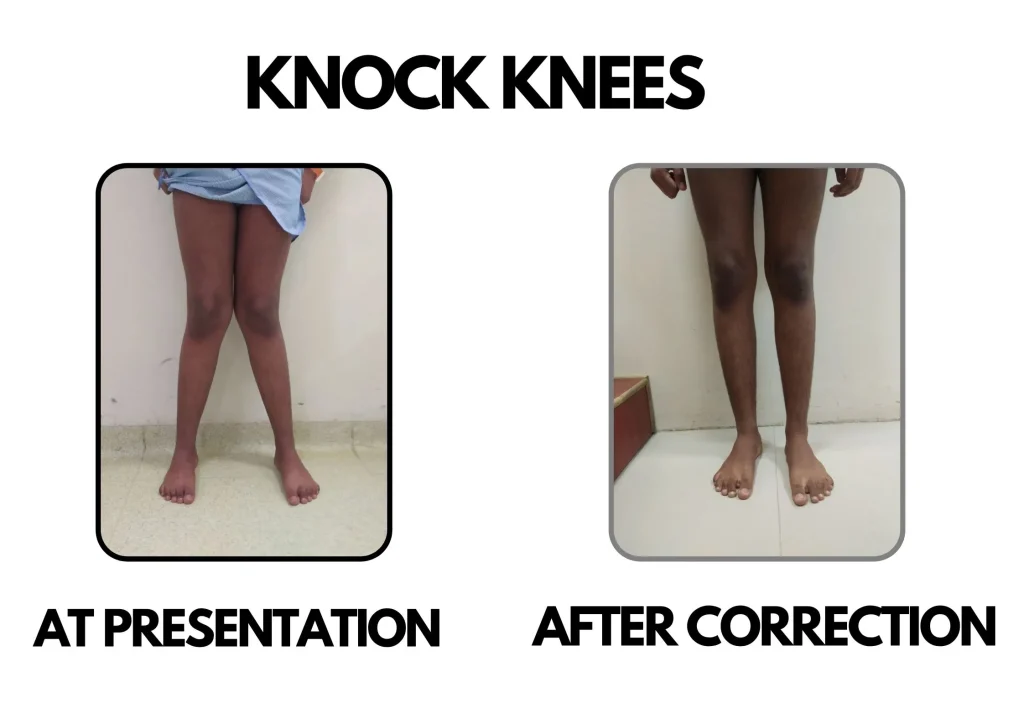Frequently Asked Questions about Knock Knees
Can knock knees be corrected without surgery?
Yes, in children under 7 or mild cases, non-surgical methods like bracing and therapy may be effective.
Are exercises effective for adults with knock knees?
Exercises may reduce symptoms but cannot realign bones in adults. Surgery is typically needed for structural correction.
What is the recovery time after knock knee surgery?
Most patients resume basic activities in 6–12 weeks. Full recovery, including sports, may take 3–6 months.
Does correcting knock knees prevent arthritis?
Yes, correcting malalignment reduces abnormal joint wear and significantly lowers arthritis risk in the future.
Is the condition hereditary?
It can be. Family history is a known risk factor for persistent or severe genu valgum.
Will my child outgrow knock knees?
Many children outgrow physiological knock knees by age 7–8. Evaluation is required if the deformity worsens or persists.
Are knock knees painful?
Not always. However, they can lead to pain in the knees, hips, or back, especially during activity.
What is the cost of knock-knee correction surgery?
Costs vary by procedure type and hospital. A consultation will help estimate your treatment plan.
Can knock knees cause leg length discrepancy?
Yes, in severe cases. This may require further correction through guided growth or lengthening.
Is it too late to correct knock knees in adults?
No. Adults can benefit greatly from osteotomy, or alignment surgery, improving both function and appearance.
